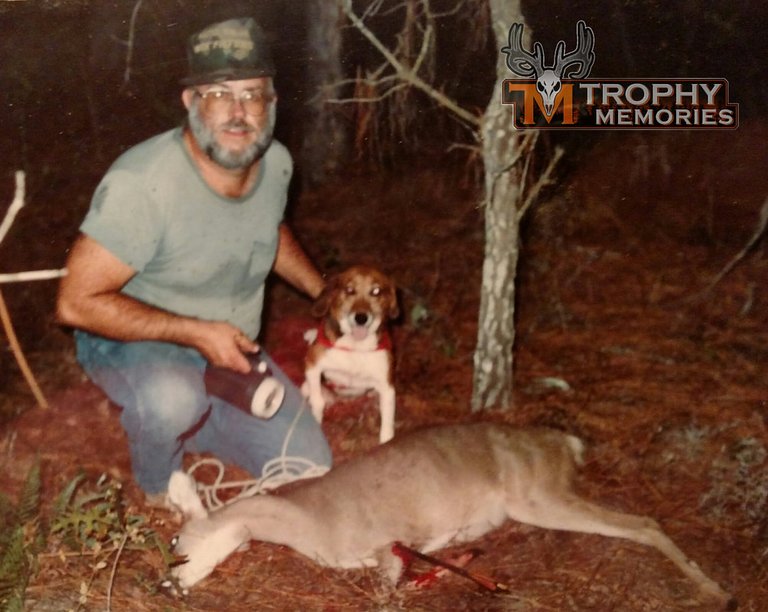
Recovering a wounded big game animal can be a daunting task. Here are six tips to help you in your search.
Practice
Recovering your animal begins months before the season opens. Practice with your chosen method in conditions closely replicating what you will see in the field. Whether it is your trusty rifle or brand new flagship bow, you should practice and know your limits.
Landmarks
Make note of where the animal was when you took the shot, the direction it went after the shot, and the last place you saw it. Repeat these in your head and commit them to memory. “He was standing by the bush with yellow leaves. He ran past that big live oak. The last time I saw him was beside the burned pine.”
Look
Pay special attention to how the animal acts at the shot. A hit through the heart on a deer will often result in a high “mule kick”. A gut shot deer oftentimes will tuck their tail tight against their body and slowly trot away.
Listen
Listen for the sound the shot makes when it hits. Arrows hitting bone make a loud crack. Solid gunshots make a deep “smacking” sound. Also listen after the animal leaves your field of vision for clues as to the direction it is headed and where it may have stopped.
Time
A big game animal hit through the heart or through both lungs will expire quickly. However, with a marginal hit, it can take longer. Always remember the saying “when in doubt, back out.”
Help
Don't be afraid to enlist help with the search. Call some friends. The more eyes, the better. Spread out and comb the area for signs of the hit or the animal itself. Also, don't be afraid to contact someone with a tracking dog and don't wait too long to do so. If you think you may need a dog, back out before you spread your scent and make the dog's job harder.
so sed